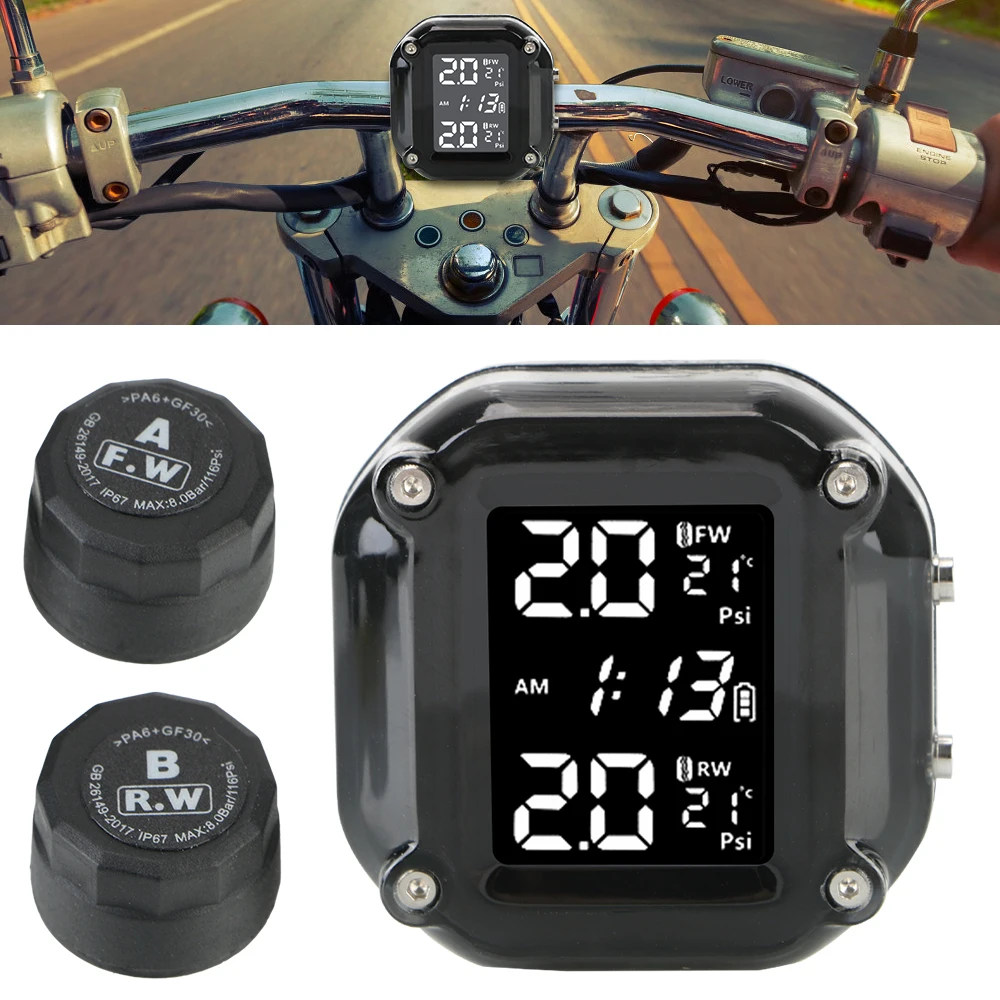Well a TPMS can actually prevent a problem. For example, 2-3 degrees increase means your tires are warm - great in the winter and really helpful in the rain. They will also let you know when your tire pressure gets a bit too high on those really hot summer days. I once picked up a screw in the sidewall slipping through traffic on the shoulder - TPMS caught the puncture and the drop in pressure even though the tire did not immediately go flat. So it's not all about being lazy.
My first TPMS was one of those ket chain things I got from Pashnit. It was a good price and it worked fine and I put many miles on it. Then I got a new Garmin GPS which has a TPMS integral to it and it's very nice having the warnings right there in front of you. The TPMS is built into the BMW. Frankly, I think you are taking an unnecessary risk riding without one. We all know when you pull off and forget the tires in your preflight you just go on feel!
There are some technical things to know. Don't put the sensors on a straight valve stem. Apparently, their weight will slowly deflate the tires. Get some aluminum 90-degree stems, they are better anyway. Calibrate the sensors (check the pressure with a meter after you get a reading). Sometimes the sensors are pretty far off but that's cool if you know what the actual psi is versus the sensor reading. Funny the ones I got from Pashnit were always spot on and the Garmin ones were off a psi or 2. The batteries last a long time but I carried a set of fresh batteries in my tank bag. Always make sure you put the right cap on the front/rear wheels or the reading will be wrong. I painted a red dot on the rear one so I don't mix them while getting air. Finally, most sensors are turned on by the wheel rotating so I would ride around the block then stop back by and close the garage door, and then I was off.
Some now take temperature too, which is awesome. Thanks for catching this one Dopey!









